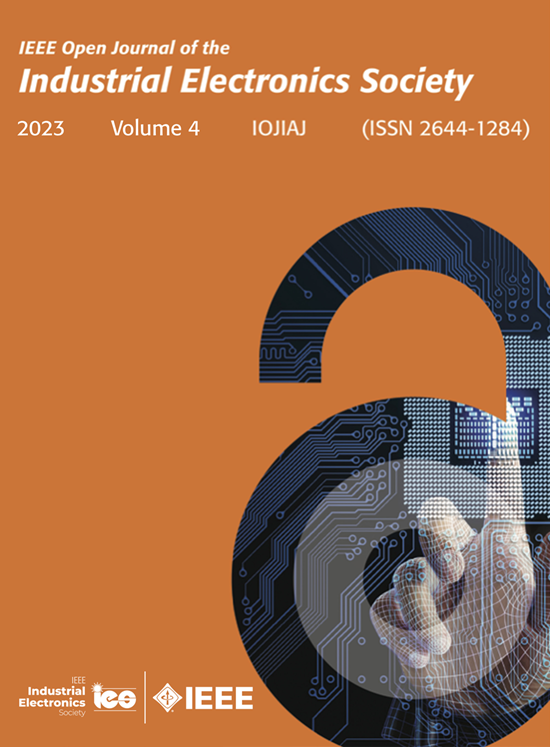基于分布经济模型预测控制的PMSM电磁阻尼器柔性结构自供电主动振动控制
IF 4.3
Q1 ENGINEERING, ELECTRICAL & ELECTRONIC
IEEE Open Journal of the Industrial Electronics Society
Pub Date : 2025-06-04
DOI:10.1109/OJIES.2025.3576603
引用次数: 0
摘要
针对大型柔性结构减振系统,设计了一种基于永磁同步电机的自供电主动质量阻尼器(SPAMD)。SPAMD可以充分利用电机的四象限运行特性,在回收能量的同时主动抑制结构振动。为实现主动减振控制,提出了一种多能量互联自供电主动质量阻尼器的分布式控制策略。其中,采用多级子结构方法在子结构系统的不同层次上分配作动器。此外,提出了一种分布式经济模型预测控制(DEMPC)策略,对控制输入进行优化,使柔性结构系统在满足一定状态约束的情况下达到最优能量回收功率。从而实现了自供电条件下系统性能与能量回收的协调控制。在dSPACE DS1006平台上进行了大量实验,验证了所提出的DEMPC方法的可行性。本文章由计算机程序翻译,如有差异,请以英文原文为准。
Distributed Economic Model Predictive Control-Based Self-Powered Active Vibration Control of Flexible Structures With PMSM Electromagnetic Damper
In this article, a new type of self-powered active mass damper (SPAMD) based on permanent magnet synchronous motor is designed for large-scale flexible structure vibration reduction systems. SPAMD can fully utilize the characteristics of four-quadrant operation of the motor, enabling active suppression of structural vibration while recovering energy. To achieve active vibration reduction control, a distributed control strategy of multiple energy-interconnected self-powered active mass dampers is proposed. Therein, a multilevel substructure method is employed to allocate actuators across different levels of the substructure systems. In addition, a distributed economic model predictive control (DEMPC) strategy is presented to optimize control inputs, which can ensure that the flexible structural system achieves optimal energy recovery power while satisfying certain state constraints. Consequently, the coordinated control of system performance and energy recovery is achieved under self-powered conditions. Extensive experiments on the dSPACE DS1006 platform are carried out to verify the feasibility of the proposed DEMPC method.
求助全文
通过发布文献求助,成功后即可免费获取论文全文。
去求助
来源期刊

IEEE Open Journal of the Industrial Electronics Society
ENGINEERING, ELECTRICAL & ELECTRONIC-
CiteScore
10.80
自引率
2.40%
发文量
33
审稿时长
12 weeks
期刊介绍:
The IEEE Open Journal of the Industrial Electronics Society is dedicated to advancing information-intensive, knowledge-based automation, and digitalization, aiming to enhance various industrial and infrastructural ecosystems including energy, mobility, health, and home/building infrastructure. Encompassing a range of techniques leveraging data and information acquisition, analysis, manipulation, and distribution, the journal strives to achieve greater flexibility, efficiency, effectiveness, reliability, and security within digitalized and networked environments.
Our scope provides a platform for discourse and dissemination of the latest developments in numerous research and innovation areas. These include electrical components and systems, smart grids, industrial cyber-physical systems, motion control, robotics and mechatronics, sensors and actuators, factory and building communication and automation, industrial digitalization, flexible and reconfigurable manufacturing, assistant systems, industrial applications of artificial intelligence and data science, as well as the implementation of machine learning, artificial neural networks, and fuzzy logic. Additionally, we explore human factors in digitalized and networked ecosystems. Join us in exploring and shaping the future of industrial electronics and digitalization.
 求助内容:
求助内容: 应助结果提醒方式:
应助结果提醒方式:


